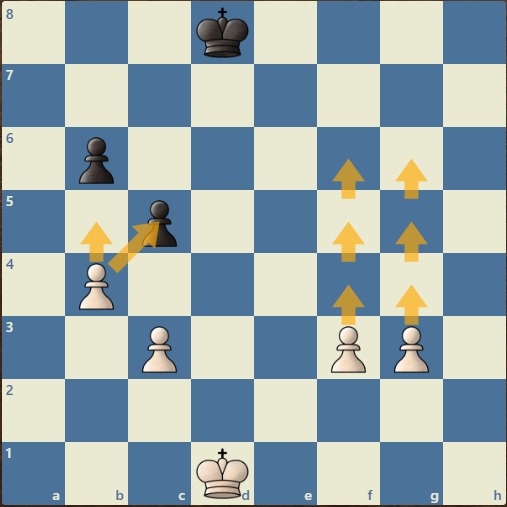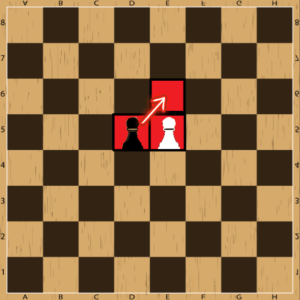Pawns are often thought of as the most simple of chess pieces, but they are crucial for a player in many ways since they use them to support most of their strategies. The first thing anyone interested in learning the ins and outs of how chess is played will be informed about involves an understanding of how can pawns move in chess. Their movement, though restricted, takes on distinctive characteristics that make them different from other pieces in their category. In this article, we go over how these small and mighty pieces move and how you can use them effectively.
Basic Pawn Movement
Learning how pawns can move in chess starts with understanding their basic movement. Pawns move differently from other pieces in several ways:
- Forward Movement: Pawns always move forward one square at a time along their file (the vertical column they start on).
- First Move: On a pawn’s very first move, it can move either one or two squares forward. This two-square option is only available on the first move.
- No Backward Movement: Pawns can never move backward or to the side during normal play.

Capturing with Pawns
One of the key differences between how pawns move and how they capture is that their capturing method deviates from their normal forward movement.
- Diagonal Capture: Pawns capture by moving one square diagonally forward, allowing them to take an opponent’s piece if it’s on a square next to them.
- Blocked Pawns: If another piece is directly in front of a pawn, it cannot move forward. Pawns are “blocked” and must wait for another piece to move before advancing.
Special Pawn Moves
Although the pawns have a somewhat limited range of movement, they have some special moves that add depth to the function they serve in a game of chess.
- En Passant: This rare and special rule explains that if an opponent’s pawn moves two squares from its starting position to land adjacent to your pawn, you can capture it as though it had moved one. Such a move has to be immediate; otherwise, the potential is lost.
- Pawn Promotion: When a pawn reaches the opposite end of the board, or the 8th rank, it has an option to promote into any other piece, excluding a king. Most people would choose a queen because it is the most powerful piece; however, that depends on your strategy.

Pawn Promotion

En Passant
Strategic Importance of Pawns
Knowing the ways pawns move in chess helps to create a solid game plan.
- Chain of Pawns: The power of pawns can be realized when they work together in groups. The chain of pawns refers to the diagonal positioning wherein every pawn protects his fellow pawn. The chains prove to be very good for controlling the main areas of the board and supporting the more powerful pieces.
- Pawn Structure: Never damage a good pawn structure. In case the pawns are well placed, then they will cover your pieces and control the most important squares. Poor or isolated pawns will at once become an object of interest for the opponent-so don’t break the pawn structure.
- Pawn Breaks: It is about timing your pawn pushes. This is known as a “pawn break”, where you push your pawns forward in order to break up the formation of your opponent or ultimately get a good opening. Be sure to avoid the unnecessary, ambitious play of pawns too early. Early and ambitious moves of pawns weaken your defense.
Common Mistakes with Pawns
Although pawns are simple, many novices make mistakes while using them.
- Over-Advancing: Moving Pawns too far, too fast without support is a recipe for getting into vulnerable positions. Since pawns cannot go backward, every move should be well thought out.
- Isolated Pawns: When there are no supporting pawns on adjacent files, one can easily make these pawns a weakness. It is often difficult to defend such pawns, and your opponent may try to target these pawns.
Conclusion:
In summary, understanding how pawns can move in chess gives you the foundation to build a winning strategy. Pawns may seem limited, but their ability to capture diagonally, execute en passant, and promote to stronger pieces makes them versatile. By mastering pawn structure and strategic movement, you can gain a significant advantage over your opponent.









